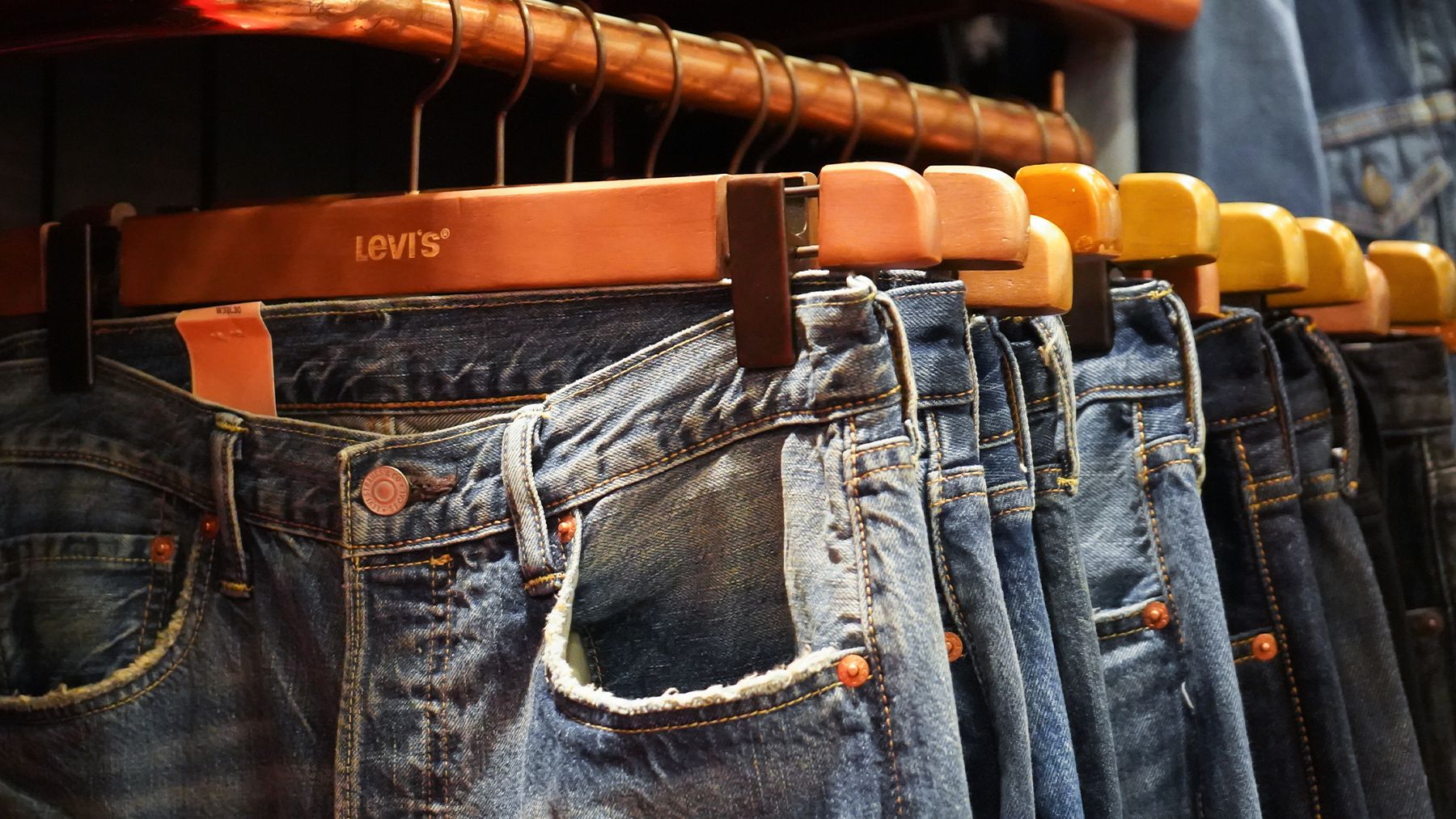
Levi Strauss & Co. fell the most since October after it took a charge in the most recent quarter, part of a restructuring program that is expected to continue through 2023.
Levi recognized a net restructuring charge of $11.4 million tied to job-cut-related severance benefits and a $18.2 million charge related to discontinued technology projects. The plan is designed to reduce costs and streamline operations.
The retailer also reported a first-quarter gross margin of 55.8 percent, below the 59.3 percent reported a year ago and less than the average analyst estimate of 56.9 percent. Retailer margins have been strained in recent quarters by higher transportation costs, as well as increased promotions used to offload excess inventory that piled up last year. Levi said inventories rose 33 percent last quarter.
The shares were down 11 percent around 10 a.m. in New York. The stock rose 16 percent from the start of the year through Wednesday after a sharp overall decline in 2022.
“We did get rid of inventory to the extent we could — that did hurt margins,” chief financial officer Harmit Singh said on a call with analysts. “Promotional levels were slightly higher than anticipated.”
Quarterly revenue, meanwhile, exceeded expectations, suggesting that demand for denim held up in the first part of the year held up even as overall consumer spending cooled.
Levi was “the market-share leader among the key 18-to-30-year-old customer” and saw strength in the women’s jeans business, chief executive officer Chip Bergh said in a statement.
Revenue in the fiscal first quarter ended Feb. 26 was $1.69 billion, compared with the $1.62 billion average estimate of analysts surveyed by Bloomberg. Earnings of 34 cents a share, excluding some items, beat the average estimate of 32 cents.
Levi is the first of the US mass-market apparel chains to report first-quarter earnings. Retailers including Macy’s Inc. and Gap Inc. will report in late May.
By Olivia Rockeman
Learn more:
Can Levi’s Be More Than a Denim Brand?
The American retailer wants to reach $10 billion in sales by 2027, with plans to open more stores, expand into new categories and potentially buy other fashion companies.



